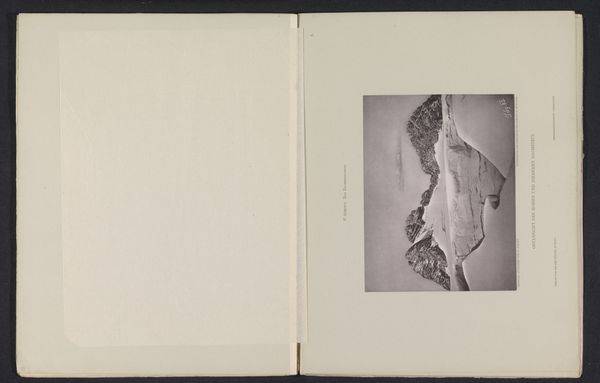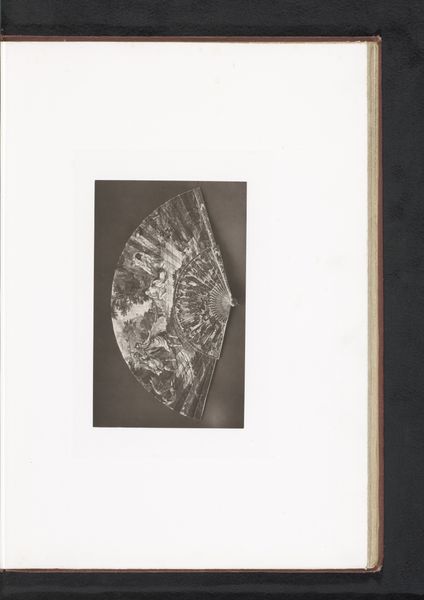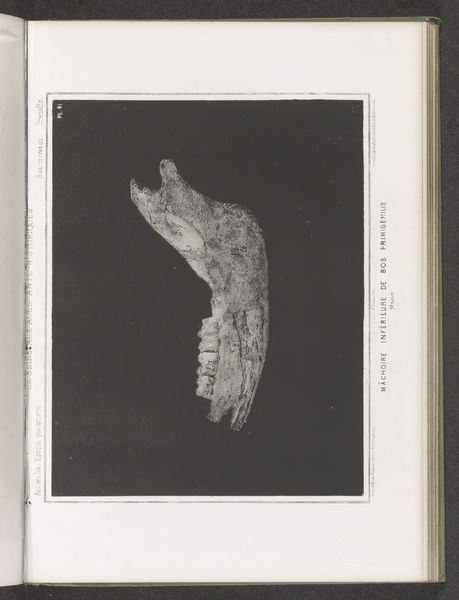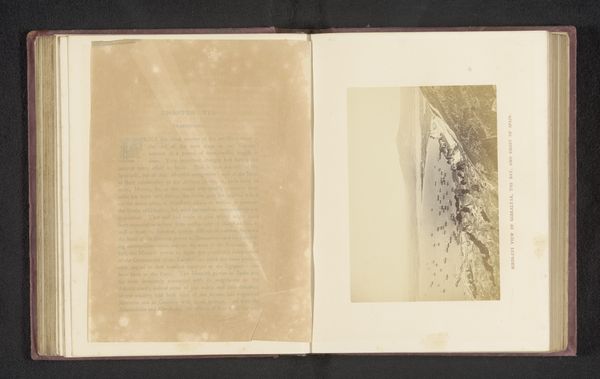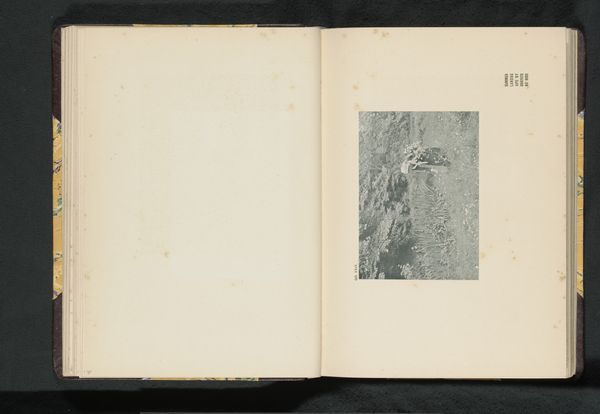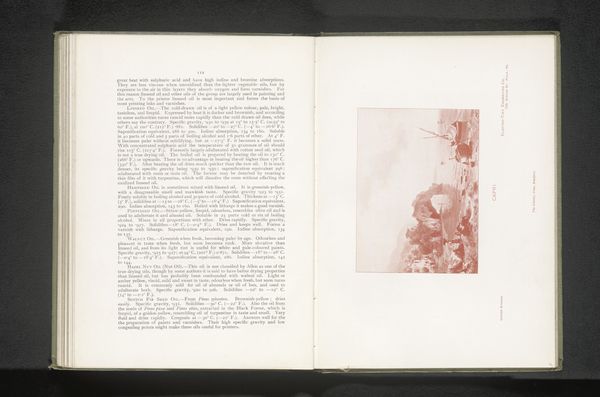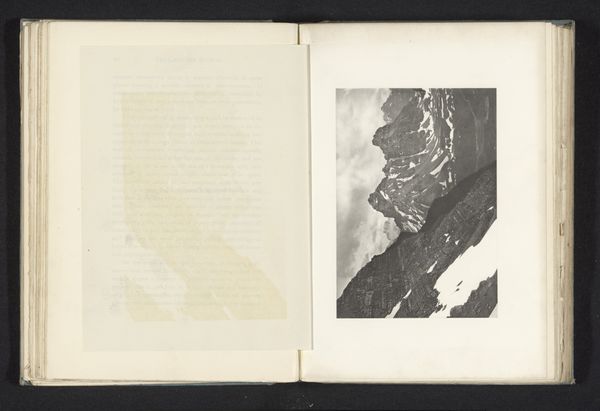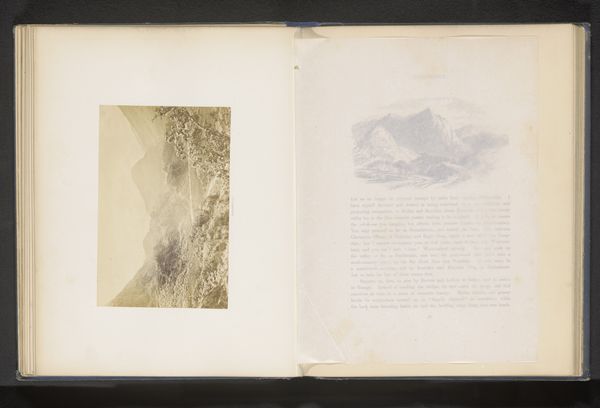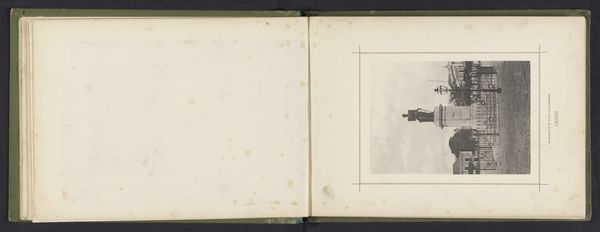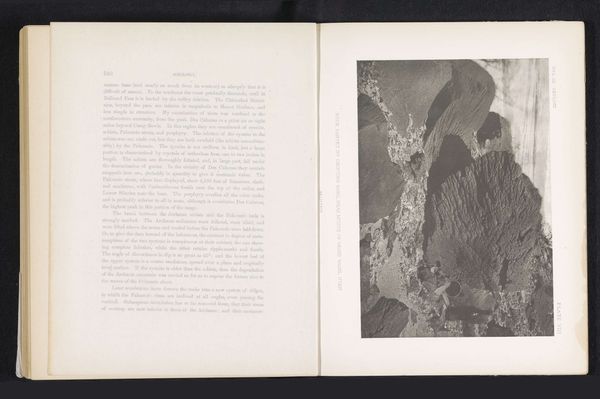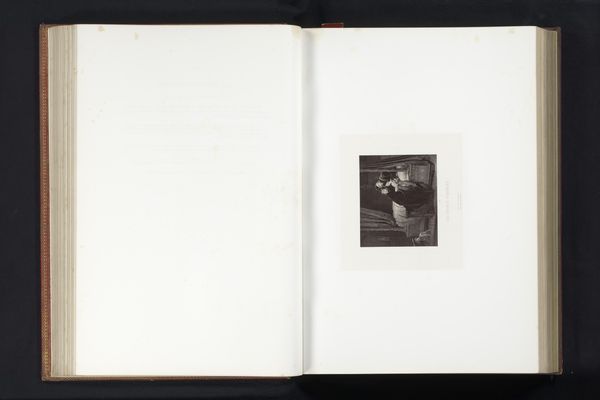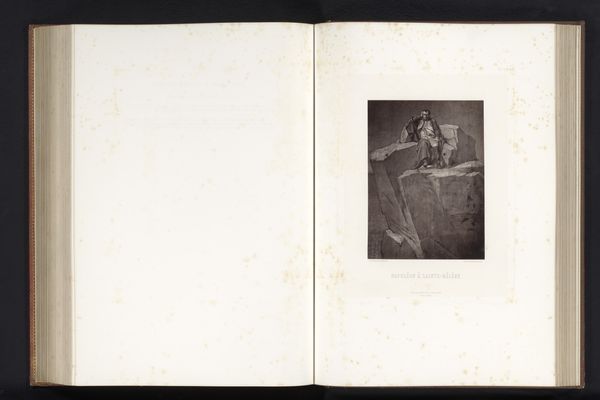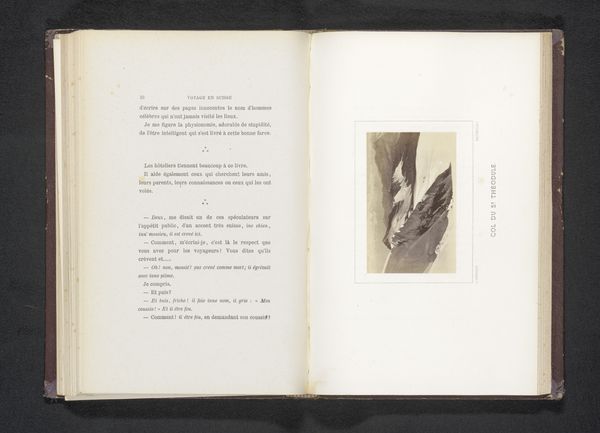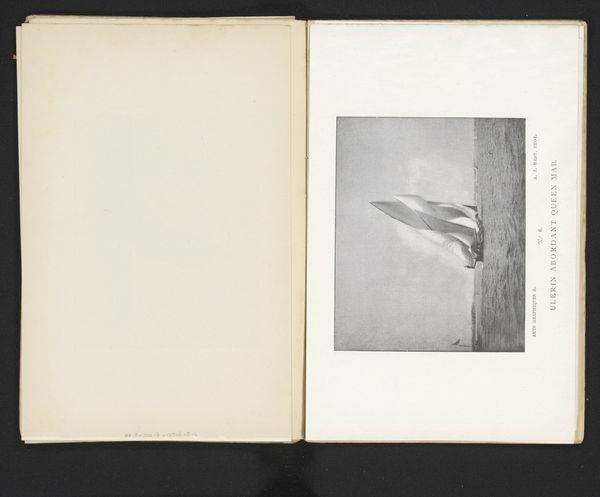
cyanotype, photography
#
aged paper
#
homemade paper
#
paper non-digital material
#
paperlike
#
book design
#
personal journal design
#
paper texture
#
cyanotype
#
photography
#
book mockup
#
publication mockup
#
publication design
Dimensions: Image: 25.3 x 20 cm (9 15/16 x 7 7/8 in.)
Copyright: Public Domain
Curator: Welcome. Today we’re looking at Anna Atkins’ “Lyngbya majuscula”, a cyanotype from between 1851 and 1855. This piece resides in the Metropolitan Museum of Art. What's your initial response to it? Editor: Hmm, haunting. It reminds me of a ghost pressed in a book of spells. Is it just me, or does the stark white-on-blue feel almost… underwater? Like bioluminescent organisms floating in the deep sea. Curator: That's astute. Atkins was, in essence, documenting nature using a relatively new technology. As a botanist, she contributed significantly to science by creating photograms of algae specimens—making her, arguably, the first female photographer. Her scientific eye certainly brings a certain unique view into the art, though maybe that is a very subjective view. Editor: First female photographer? That's rad. The process of creating cyanotypes, bathing something in light… I dig it. The almost ephemeral quality of these ghostly plant forms makes me wonder about how they lived, breathed and became something for her eye and process. Like an intimate embrace through science and process. Curator: Precisely. Photography, even in its infancy, was intertwined with both artistic expression and scientific pursuits. Cyanotypes, known for their distinctive Prussian blue hue, allowed for precise reproduction. For the art world and scientific documentation this was of immense significance, particularly given that the first photographic process was only invented in 1826! What do you take away when considering those early scientific underpinnings in context? Editor: Considering how controlled image-making has become, Atkins’ work feels radical in its simplicity. It's literally just light, a plant, and paper—a tangible link to the natural world before pixels and filters muddied the waters, so to speak. The hand-made nature is so potent. A moment, captured perfectly—but almost like a dream. Curator: Absolutely, and in the context of her historical era it is an under-discussed consideration about access and who was telling what story and who had access to the most cutting-edge approaches and technologies! Editor: A stunning piece. Thank you so much for sharing today. I may even run home and try my own plant photography! Curator: My pleasure. Thank you for the invigorating perspectives. It's a potent reminder that art is more powerful through dynamic voices who reflect, argue and push each other in understanding art's social functions.
Comments
No comments
Be the first to comment and join the conversation on the ultimate creative platform.
